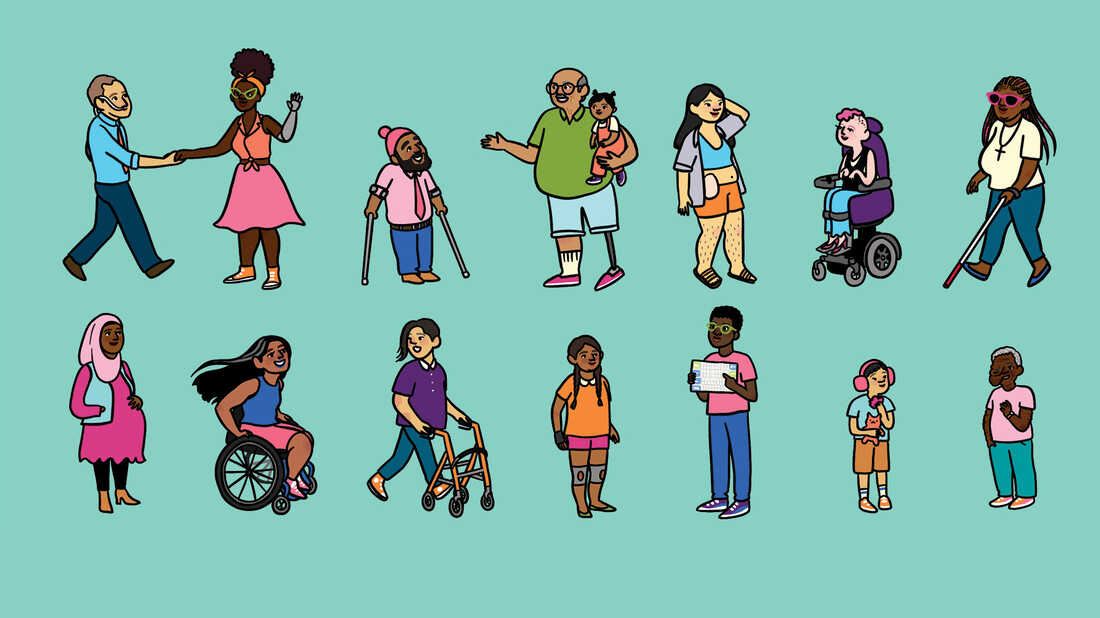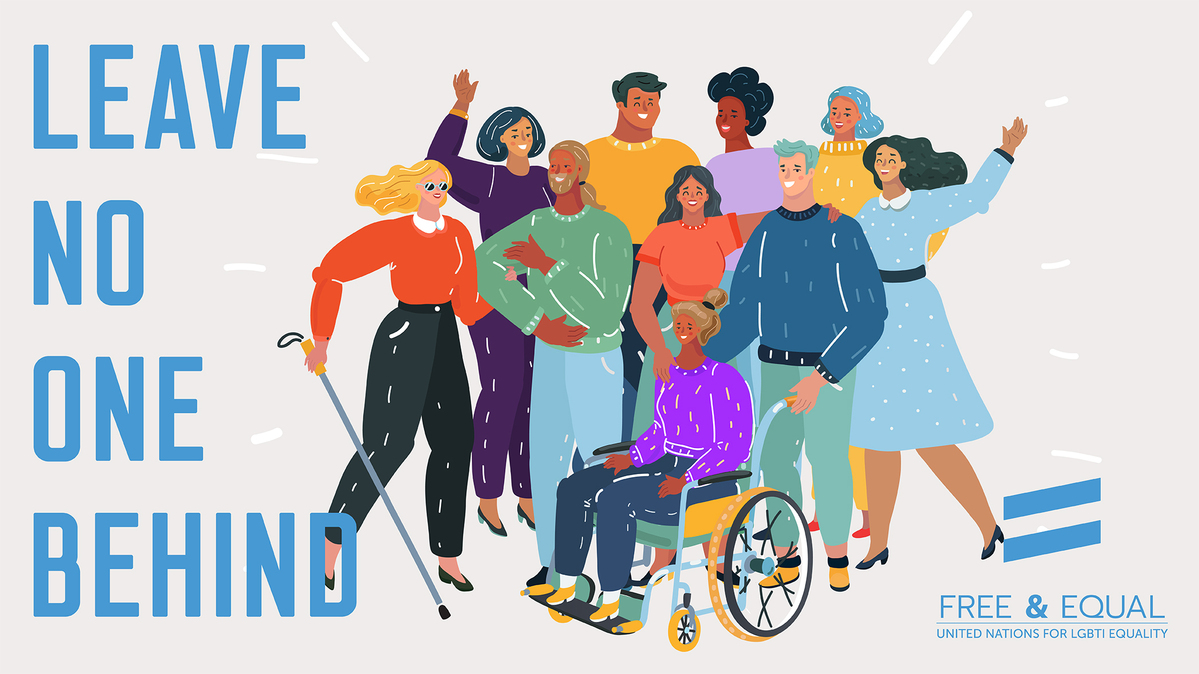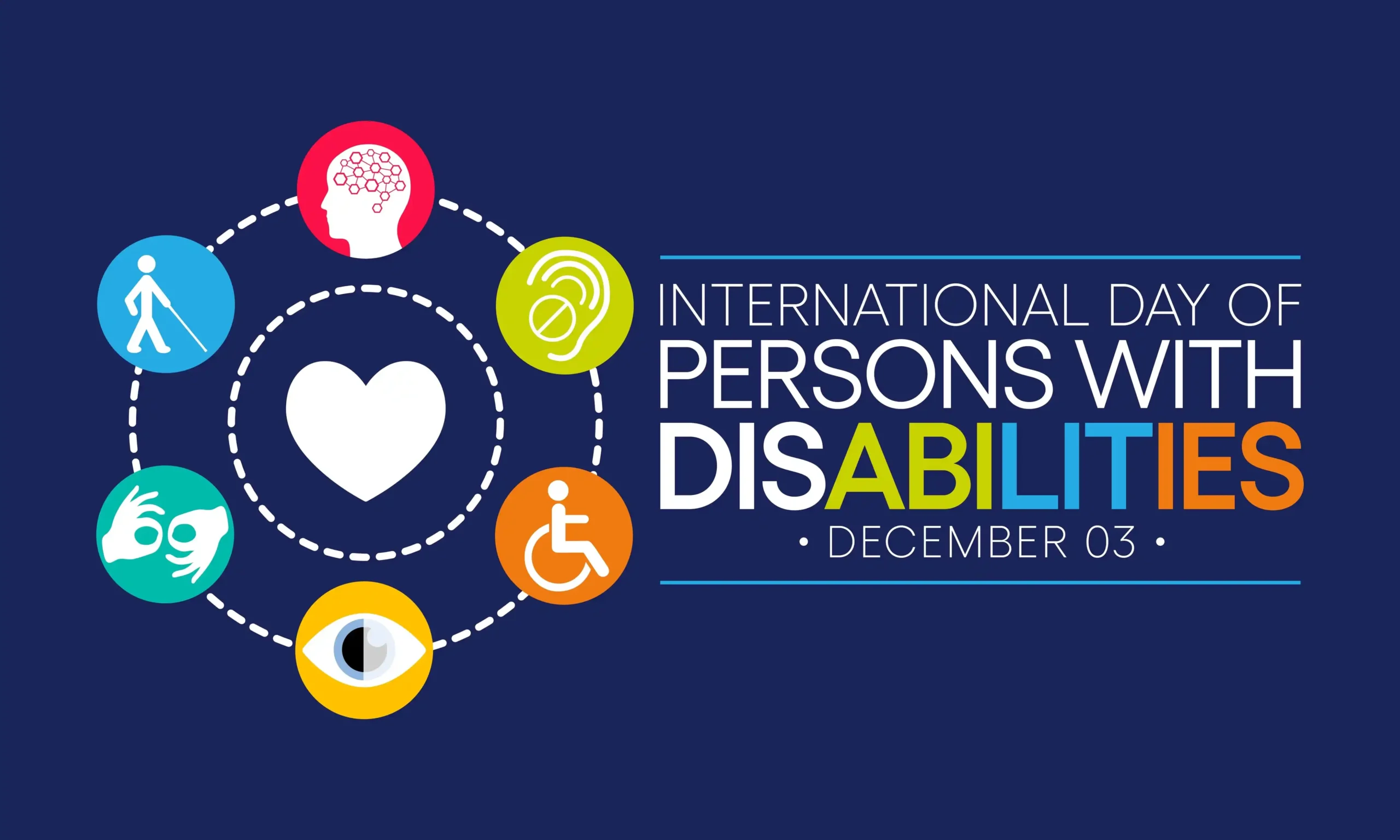By Maria Papagiannopoulou,
Every year on December 3rd, the United Nations sponsors the International Day of People with Disabilities (IDPWD), a day of recognition. It advocates for disabled people’s rights in all spheres of society. It strives to improve impaired people’s consciousness and well-being in all facets of their lives.
It serves as a reminder to fight the discrimination many disabled people still experience. As a supporter of Disabled People, I personally appreciate the chance to raise awareness and stimulate debate about enhancing conditions for those with disabilities.
IDPWD was established in 1992 to honor persons with disabilities around. It serves as a metaphor for the daily steps we should all take to build more inclusive and diverse communities. IDPWD reminds us that more work needs to be done to achieve equality.

IDPWD’s guiding concepts are:
- celebration
- action
- learning
- optimism.
Diversity and all forms of disability are valued and celebrated. We promise to pay attention to and comprehend people with disabilities better. We are hopeful and see a future in which everyone has access to society. Every day of the year we take action to show our support for people with disabilities.
The World Programme of Action concerning Disabled Persons (PDF) (1982) and the Standard Rules on the Equalization of Opportunities of Persons with Disabilities were two of the UN’s early programs to advance the rights of disabled people globally.
A committee to study recommendations for an “international convention to… protect the rights and dignity of persons with disabilities” was suggested by Mexico in December 2001. The UN General Assembly approved the UN Convention on the Rights of Persons with Disabilities (UN CRPD) on December 13th, 2006. The UN CRPD’s purpose is stated in Article 1 of its text:
The current Convention’s goals are to encourage respect for people with disabilities’ innate dignity and to ensure that all people with disabilities are able to fully and equally enjoy all human rights and fundamental freedoms.
People with disabilities including those who have chronic physical, mental, intellectual, or sensory impairments that, when combined with other obstacles, may prevent them from fully and equally participating in society.
The UN CRPD has 164 signatories as of May 6th, 2022. The UN CRPD was ratified by the UK in 2009.
The medical and social models of disability are the two main categories. The medical model of disability strongly emphasizes any impairments a person may have as well as the medical treatment of these problems. According to the Equality Act of 2010, a disability is defined as follows:
“(1) A person (P) has a disability if
(a) P has a physical or mental impairment, and
(b) the impairment has a substantial and long–term adverse effect on P’s ability to carry out normal day-to-day activities.”
The Equality Act 2010 repealed in England and Wales and Scotland the Disability Discrimination Act 1995 and the Disability Discrimination Act 2005. The definition of disability in the Equality Act is essentially identical to the definitions used in this previous legislation. The Disability Discrimination Act 1995 remains the main disability discrimination legislation in Northern Ireland, alongside the Special Educational Needs and Disability (Northern Ireland) Order 2005.

However, some stakeholders have criticized the medical model of disability for focusing too much on individual disabilities rather than the social barriers faced by people with physical disabilities.
The social model of disability suggests that societal barriers disable people. While the UN CRPD does not provide an explicit definition of disability, the social model is prominently featured in its 2007 UN CRPD Handbook for Parliamentarians:
The Convention’s approach to disability also highlights the significant impact that behavioral and environmental barriers in society can have on the enjoyment of human rights by persons with disabilities. In other words, wheelchair users may find it difficult to take public transport or find work, not because of their condition, but because there are environmental obstacles, such as buses or inaccessible stairs in the workplace, which prevent them from accessing impediments.
References
- International Day of People with Disabilities. un.org. Available here
- International Day of People with Disabilities. idpwd.org. Available here




